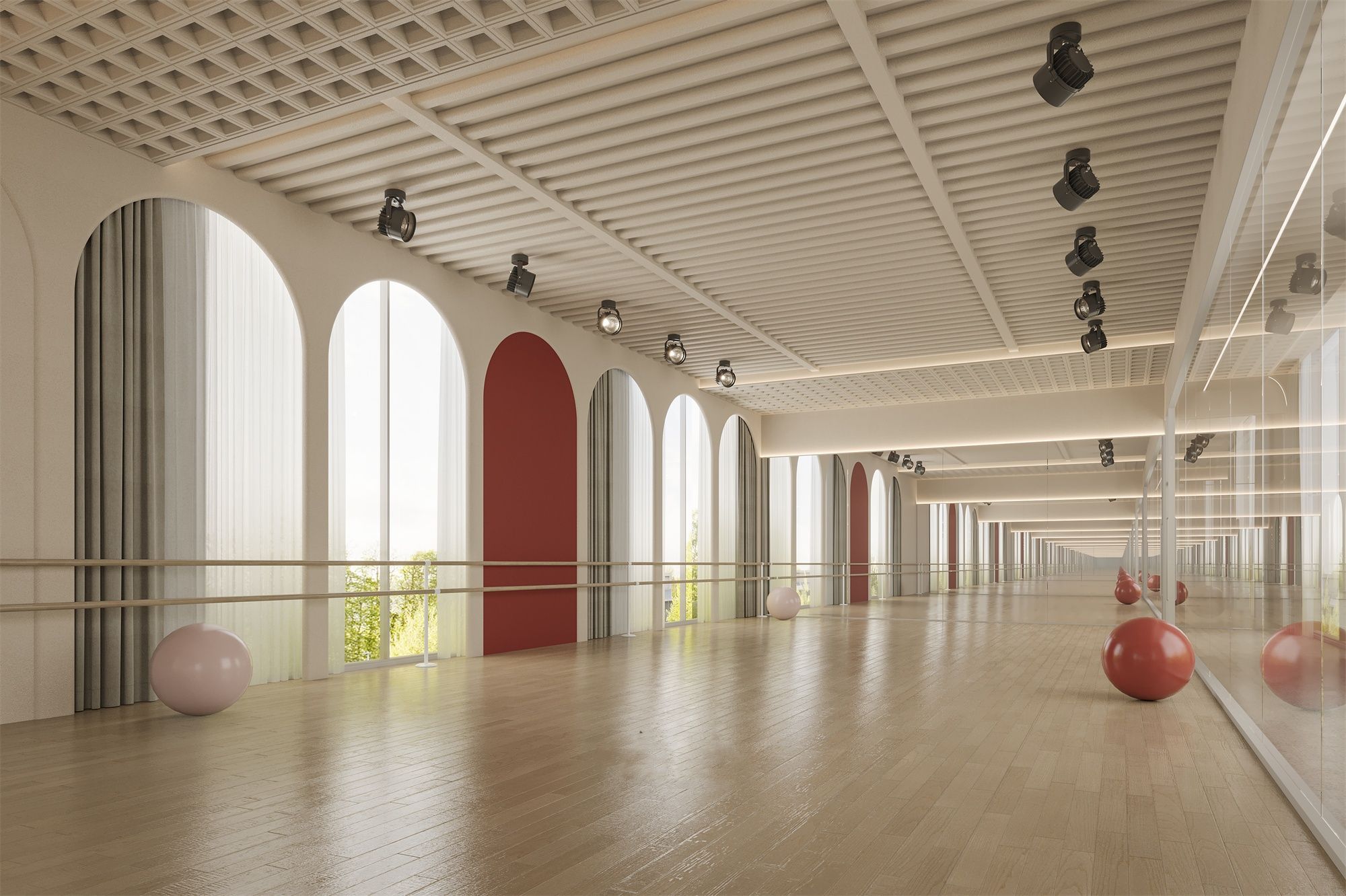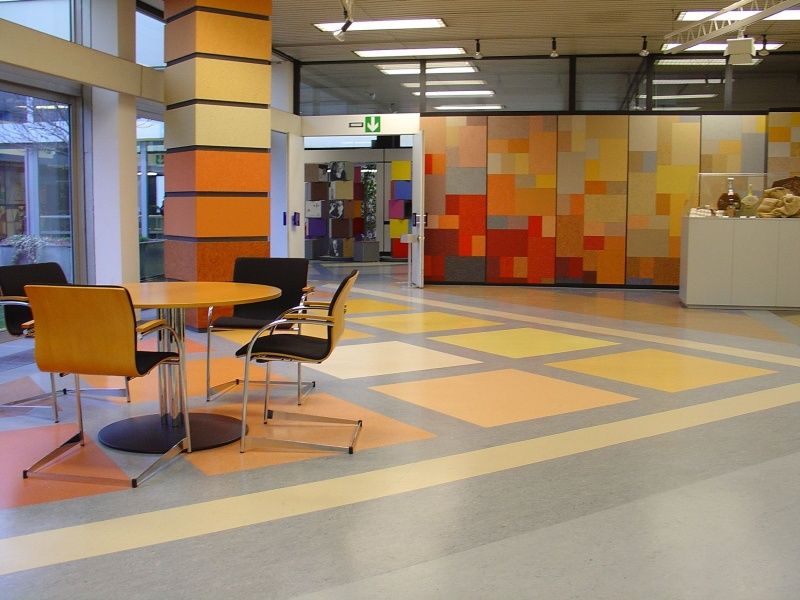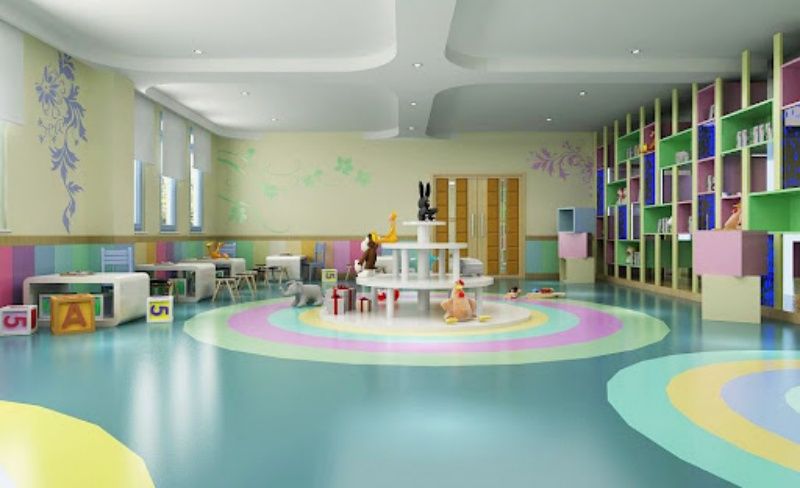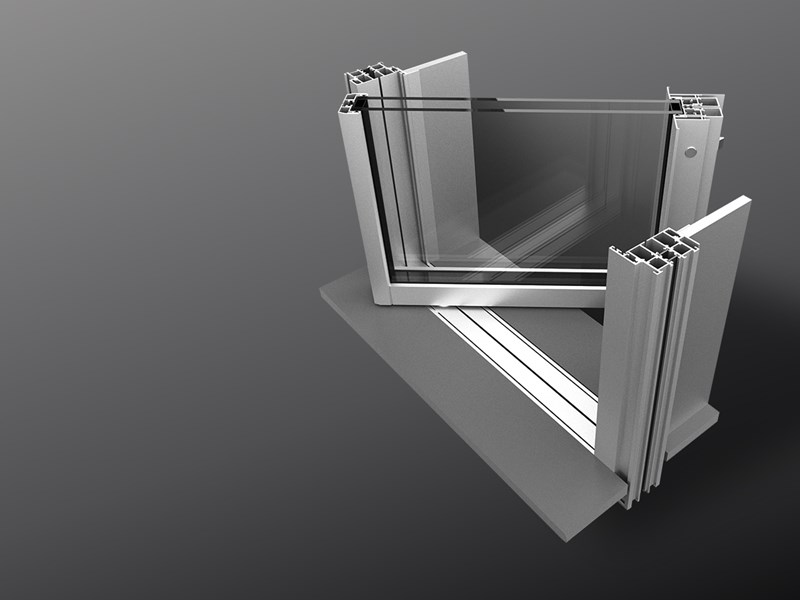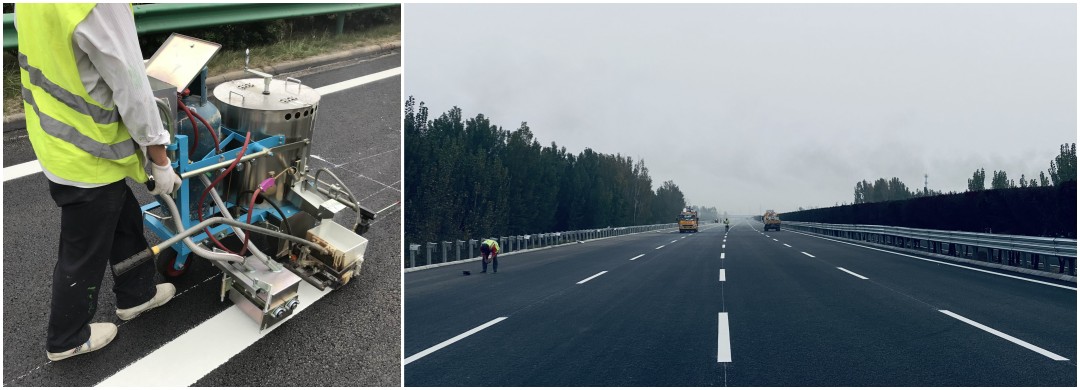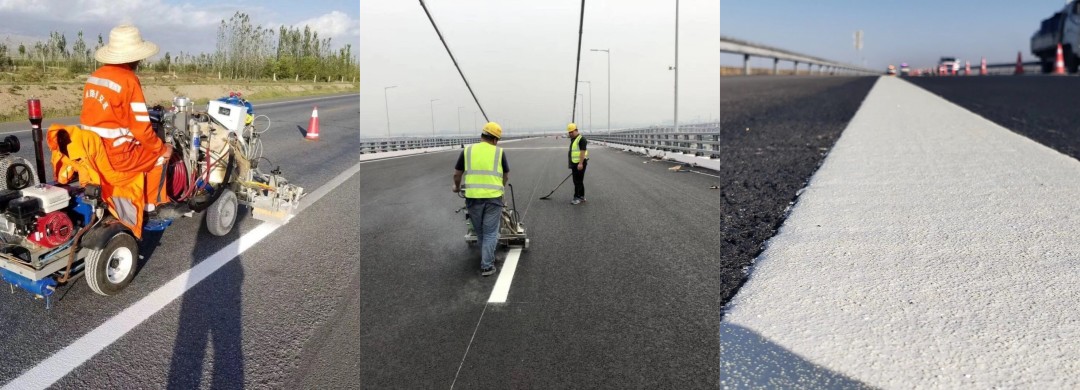The Innovative Path to the Fire Resistance of Steel Structures
In modern construction, mild steel structures are widely used in high-rise buildings and large-span structures due to their lightweight, high strength, and rapid construction. However, the fire resistance of steel has always been a focal point of concern in the steel structure engineering community. Although steel is non-combustible, its performance degradation at high temperatures can lead to serious steel structural safety issues. When the environmental temperature exceeds 260°C, the strength and modulus of elasticity of steel will significantly decrease; and when the temperature reaches 600°C, steel almost completely loses its load-bearing capacity, which directly threatens the stability and safety of the prefabricated steel structure building.
Exploration of Fire Resistance Enhancement: to address this challenge, researchers have found that adding specific alloy elements to steel materials, such as molybdenum and copper, can effectively enhance its fire resistance. These alloy elements can form fine particles at high temperatures, enhancing the strength and plasticity of the steel. In particular, the dissolution of molybdenum in solid steel and its precipitation at high temperatures can significantly improve the yield strength of steel materials at 600°C. In addition, the addition of niobium also helps to stabilize fine carbides, improving the high-temperature strength of steel. However, the effect of a single element is limited, and the combined use of molybdenum and niobium can more effectively enhance the fire resistance and high-temperature resistance of steel.
Safety Assurance and Suggestions for Steel Structure Construction: in view of the vulnerability of lightweight steel structures at high temperatures, the construction industry must take strict fire prevention measures to ensure the stability and safety of the carbon steel structure. During the production process, alloy elements should be appropriately added to increase the fire resistance limit of steel. In architectural design and construction, steel that has been treated for fire resistance should be used, combined with auxiliary measures such as fire-retardant coatings and insulating materials, to enhance the overall fire resistance of the steel structure. In addition, regular inspection and maintenance are indispensable to ensure the safety performance of the steel structure over the long term.
The fire resistance treatment of modular steel structures is a key link in ensuring the safety of steel structure commercial buildings. Through scientific material selection and reasonable design and construction, we can effectively enhance the fire resistance of steel structures, providing more reliable safety protection for buildings. Besides, building owners and managers should also strengthen their understanding of the fire resistance of steel structure industrial buildings and take necessary preventive and maintenance measures to avoid potential safety risks.
 |
 |
 |
 |



